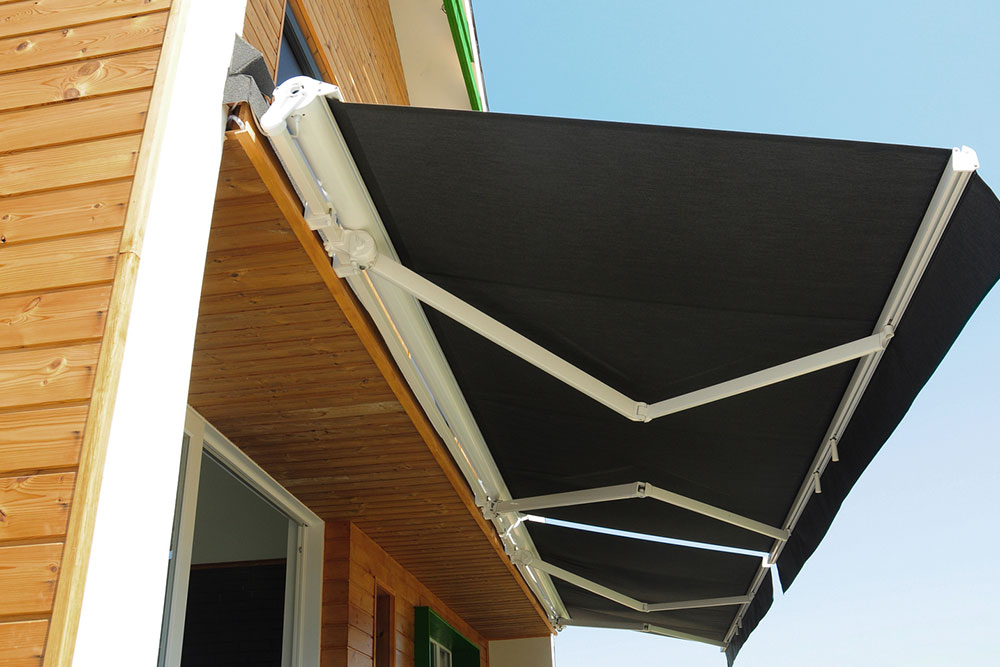A Guide to Solar Pergolas
Renewable energy from solar-powered pergolas attracts homeowners to this innovative system, which presents a streamlined and alternative option for adopting solar power. It offers a functional and beautiful outdoor living space. Additionally, the energy garnered can power parts of a home and dramatically lower energy bills. Moreover, tax credits are available, reducing taxable income by installing solar-powered pergolas. The aesthetic appeal and environmentally friendly functionality make these structures an amazing choice for sustainable living.

What is a solar pergola?
A solar pergola is an innovative structure that amplifies the beauty of outdoor spaces while generating electricity. It is an amalgam of architectural design and solar technology, providing aesthetic and functional benefits. However, a solar pergola is more than just a fancy structure. Beyond being visually appealing, a solar pergola serves as a statement of care for functionality and aesthetics. Further, solar power pergolas are a testament to human ingenuity, showcasing the ability to blend function and form and a commitment to a sustainable future.
Can solar panels be installed on pergolas?
It is possible to install solar panels on a pergola. A single panel weighs between 30 and 50 pounds, and depending on their size, most pergolas can accommodate ten solar panels. Solar panels can endure all weather conditions, making them suitable for most houses. However, it is advisable to consult an expert to determine if a pergola’s roof can accommodate the panels.
Tips to consider while installing a solar pergola
When installing a solar pergola, here are a few tips one should consider:
1. The location and orientation of the structure
When installing a solar pergola, it is important to consider the location and orientation of the structure. The pergola must be installed in a location with maximum sun exposure, ideally facing south, so that it captures maximum sunlight throughout the day. Further, the support timbers must be elevated to ensure the solar panels incline at an angle between 30 and 45 degrees.
2. Pick the right solar panels
Selecting the right solar panel for the pergola is important for maximizing energy production and ensuring an aesthetically pleasing design. Consider the size, efficiency, and aesthetics of the solar panels to ensure that they complement the pergola design. The two top pergola designs include a closed or an open structure. In the closed structure, the panels are visible from below, making the structure look visually appealing.
3. Install the solar panels on support timbers
The installation process ends after screwing the solar panels into supporting timber. The package usually comes with all the mounting screws and brackets necessary for installation. If DIYing the installation, one must follow the instructions properly to avoid any issues. Or it is best to hire a professional to ensure hassle-free installation.
4. Connect solar panels with a PV system
Connecting the panels and the other components in the PV system requires careful planning and professional expertise. So, when connecting the panels to the MPPT charge controller, solar batteries, or inverter, it is best to work with an electrician to ensure a safe and efficient process.
5. Use durable materials for panel frames
When choosing a panel frame, ensure it is made of durable materials. Some commonly used options include redwood and cedar. However, the best materials for panel frames are stainless steel and top-quality aluminium.
Benefits of solar pergolas
Here are some benefits of solar pergolas:
1. Dual functionality: They provide shade and add to the aesthetic value. Hence, they function as mini-power plants in the garden or lawn.
2. Cost savings : Solar pergolas generate electricity, which can reduce utility bills substantially.
3. Eco-friendly: Solar energy is renewable. It is a clean energy source and reduces carbon footprints.
4. Property value: Installing solar pergolas increases property value.
Types of solar panels
Choosing the right solar panels for pergolas is crucial and depends on one’s needs and budget. Besides, efficiency, aesthetics, and affordability are major factors one must consider when choosing solar panels for pergolas. Here are some popular options to consider:
1. Monocrystalline panels
Such panels are durable and efficient. While visually appealing, they can be expensive. These panels have a single crystal structure, ensuring greater efficiency.
2. Polycrystalline panels
Polycrystalline panels comprise multiple crystal structures and are pocket-friendly but somewhat less efficient than monocrystalline panels. However, they provide adequate output.
3. Thin-film panels
They are lightweight and flexible. While cost-effective, they are less efficient than other options.
How many solar panels are needed for the pergola?
There are generally two kinds of installations: A single panel on the pergola and pergolas filled with multiple panels. Typically, three panels are installed on top of a pergola. However, the number of panels depends on the electricity demand and the available space.
Excess panels can be installed if space allows, as surplus energy can be sold to suppliers in the country. Consider the pergola roof size before deciding on the number of panels. Even a single panel can make a difference.
Cost of installing solar panels on a pergola
The cost of solar panel installation depends on:
Panel output size
Type of system
Fees of the solar installer
Higher electricity generation systems require a higher initial investment but save more in the long run. The usual costs involved include the cost per panel (£350-£500) and the cost of installation (£300-£600).
Installation costs depend on the number of panels and the pergola roof space. Post-installation, panels require minimal maintenance, involving a nominal fee.
To boost the efficiency of the panels, it is recommended to get them cleaned annually. Professionals may charge roughly £5 – £15 per panel. Alternatively, consider DIY cleaning with water and a ladder.